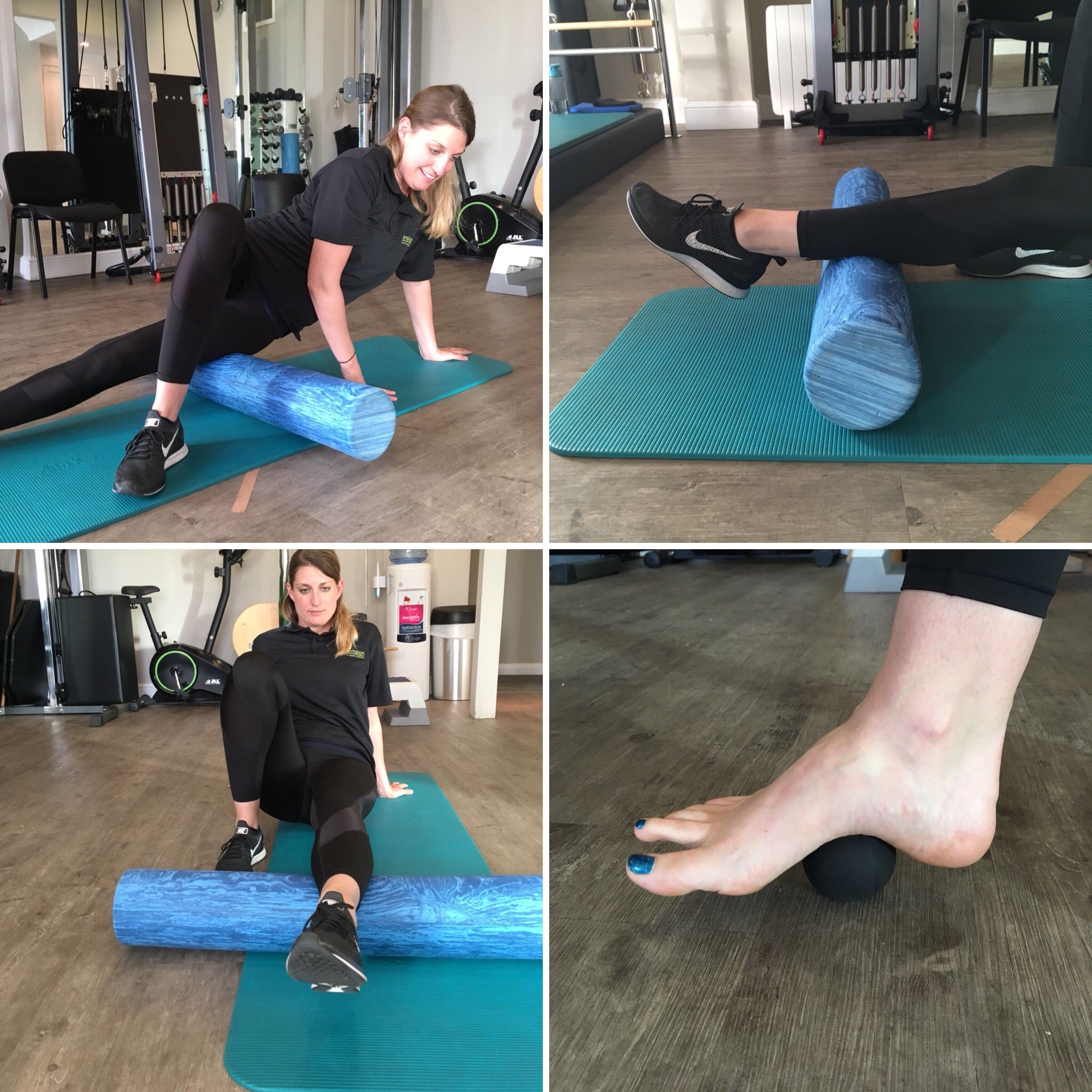Foam Rollers & The Benefits They Bring – Erol’s View.

If you go to the gym, you may see people engaging in interesting positions on a foam roller. Distorted faces and deep breathing may lead one to believe that it’s some kind of self-induced torture. While foam rolling is uncomfortable, borderline painful at times, its benefits are quite pleasing.
This blog is intended to bring awareness to the benefits of foam rolling. Specifically, when and why it is most optimal to roll, based on current scientific evidence.
Foam rolling is a form of ‘Soft Tissue Release (STR). There are three different densities of foam rollers to choose from: soft, medium and hard. There are other tools for STR, such as myofascia balls, myofascia sticks and sporting balls, such as a lacrosse ball or tennis ball.
The goal of foam rolling is to put pressure on the muscle and the fascia. Fascia is the connective tissue that permeates the muscle. I like to call the fascia the “spider web-like connective tissue” that flows throughout the entire body and all of its contents
One thought is that STR reduces the deformities in fascia and muscle fibres while releasing trigger points and improving blood flow to the area. When there is a deformity in the fascia, it is like a kink in a necklace. The whole necklace hangs weird until you get the kink out. That is to say, one area affects the whole.
Scientific research debated whether it’s the fascia or the muscle that is being affected with STR. Some argue that it is your brain’s response to pressure receptors that increases blood flow and, therefore, reduces stress hormones. Science does not know why it works. Fortunately, they know the benefits and they’re scientifically consistent.
5 Scientific STR Benefits
- Flexibility improves twice as much with foam rolling combined with static stretching versus static stretching alone.
- Rolling the bottom of your feet with a tennis ball increases hamstring flexibility.
- Rolling one leg increases the ankle mobility of the opposite ankle. How? This goes back to my statement above, “One area affects the whole.”
- STR does not increase or decrease performance when done before exercise. Unlike static stretching, which has been shown to decrease performance when done before a proper warm-up. 14 systematic reviews said that, although STR does not increase performance before exercise, it does improve recovery and soreness when done after exercise.
- Research shows that recovery occurs best when done after a workout. Studies showed improved vertical jump height, muscle activation and sprinting speed when STR was completed after exercise.
7 Tips On How To Use Foam Rollers
- STR needs to last 10 to 20 minutes, after your workouts, to improve soreness.
- STR before weight training for 10 minutes to increase mobility. (i.e. deeper squats)
- Target each muscle for at least 20 seconds
- Pressure should be moderate, invoking tolerable pain.
- A medium density foam roller works for the majority and targets larger muscle groups, like the hamstrings and back.
- Use a myofascia ball, or tennis or lacrosse ball, for smaller muscle groups that are trickier to reach.
- Rolling sticks require more work. They need a significant amount of force on the muscle group.
